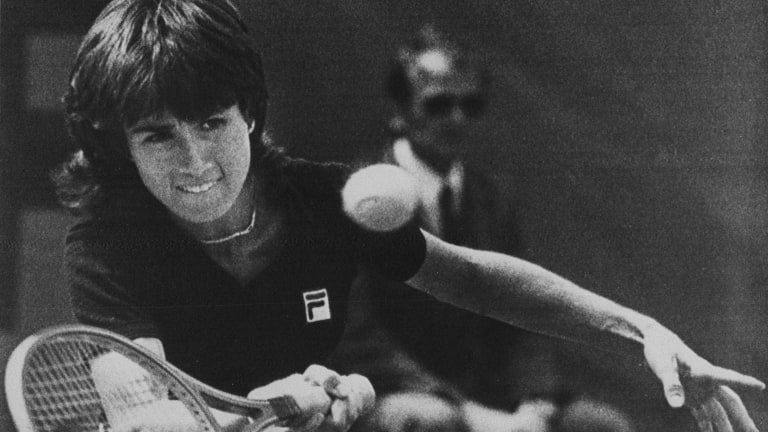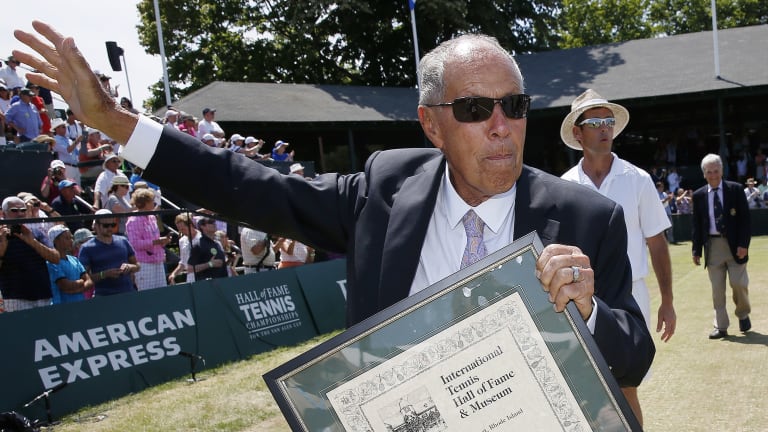Bollettieri, after half a lifetime of trying, found himself in the right place at the right time. Professional tennis had existed for a decade, enough time for thousands of kids and their parents to believe that the sport offered, with enough borderline-psychotic devotion, a viable career path. Not long after Bollettieri set up shop—he housed the kids in his own home to start—two future pros, Carling Bassett and Kathy Horvath (pictured above), began training with him. Just as important to Bollettieri’s future was Bassett’s wealthy father, John, one of the academy’s early benefactors. Soon, Bollettieri had a place for the kids to stay, and a bus to take them to tournaments.
But what set Bollettieri apart was his ability to transfer military-style regimentation to the tennis court.
“I put 20 to 40 students on one court at a time,” said Bollettieri, who was quickly overcome with eager young recruits. “While one was hitting, everybody else was skipping rope, running in place and improving their conditioning. If someone missed a ball, it was push-up time.”
The tennis factory was born. All Bollettieri lacked was a commodity that he could mass produce. He would find it in a 12-year-old from Buffalo, N.Y. who stood just over five feet tall.
Jimmy Arias arrived from upstate New York in 1977. While Bollettieri was housing students at a nearby motel, he put up Arias, the national 14’s champion, at his home on Longboat Key. When little Jimmy leaped up to smack the full-cut forehand that his father, Antonio, had taught him, Bollettieri saw the future flash before his eyes.
“He shocked us all by jumping off the ground, throwing his full body into his forehand and wrapping his shoulder around on his follow-through,” Bollettieri said of Arias. “Add to this his weird grip (a strong semi-Western) and you get a preview of today’s game.”
Antonio’s invention soon belonged to Nick.
“I called my staff over and said, ‘Here’s the new Bollettieri forehand... My other juniors started to imitate Jimmy’s forehand, and it became the signature stroke of the Academy. I believe that it revolutionized tennis and that Jimmy Arias deserves credit for initiating the power game.”

